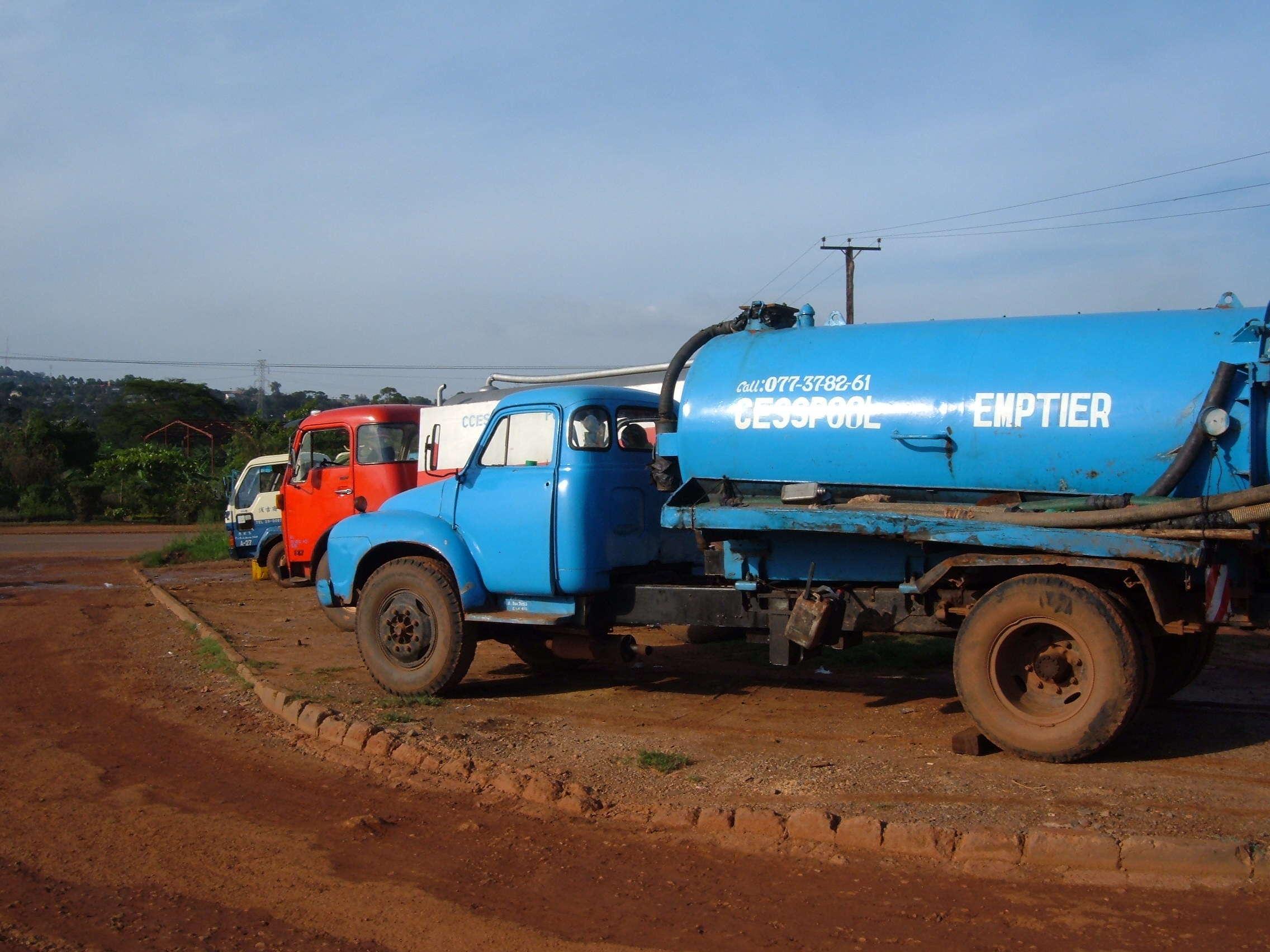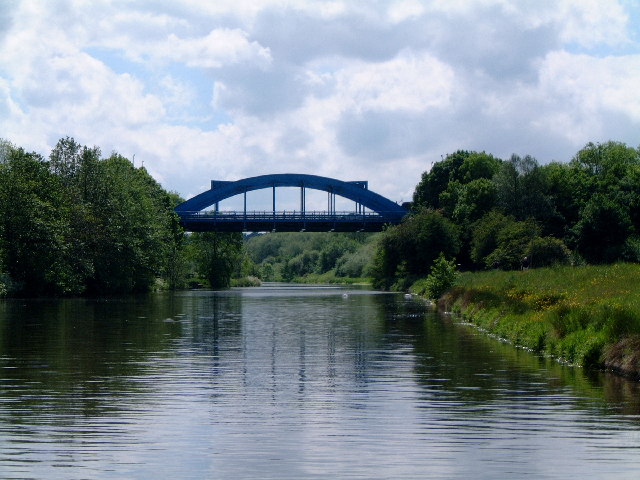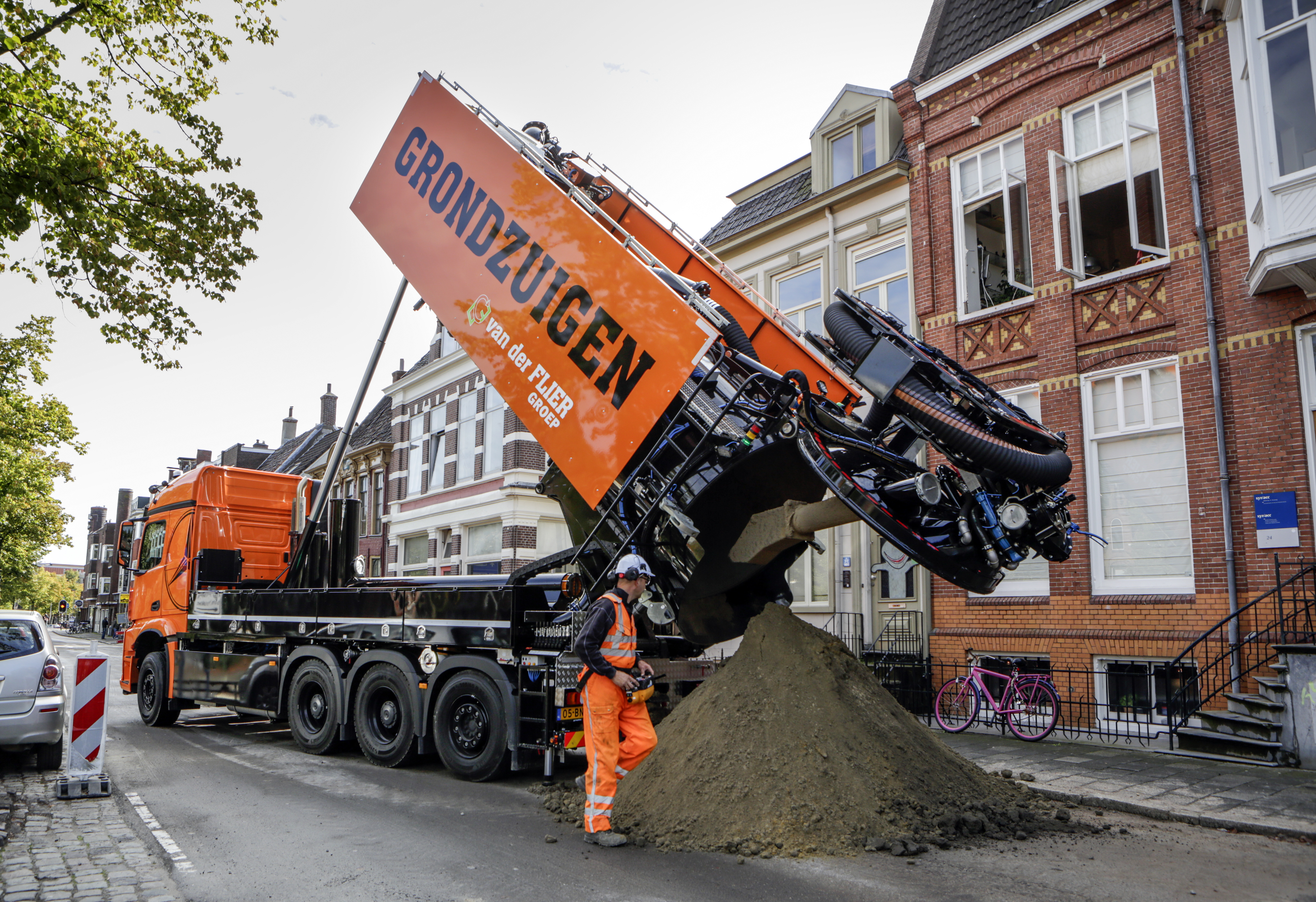|
Gully Emptier
{{unreferenced, date=September 2015 A gully emptier (colloquially: "gully sucker") is a type of specialized tank truck with suction gear which can suck wastewater and mud and sludge out of hollows such as the hollows below drain grids in street gutters and carry it to a suitable disposal point. It needs to be able to suck out and pump through into its tank any road grit and miscellaneous solids that have entered the hollow. Some have a means of squeezing the water from its load, and letting that water into the drain or keeping it for high pressure cleaning of drain pipes. Differences to vacuum truck A vehicle which is purely a vacuum truck has a long wide flexible hose without the big solid nozzle with controls on. Gully emptiers are often outfitted with devices to separate the liquid content of its tank from solid matter, allowing the liquids to run to storm drain. Since this is not done with cesspool content, cesspool emptiers have no need for such separative capability. Som ... [...More Info...] [...Related Items...] OR: [Wikipedia] [Google] [Baidu] |
Tank Truck
A tank truck, gas truck, fuel truck, or tanker truck (American English) or tanker (British English) is a motor vehicle designed to carry liquids or gases on roads. The largest such vehicles are similar to railroad tank cars, which are also designed to carry liquid loads. Many variants exist due to the wide variety of liquids that can be transported. Tank trucks tend to be large; they may be insulated or non-insulated; pressurized or non-pressurized; and designed for single or multiple loads (often by means of internal divisions in their tank). Some are semi-trailer trucks. They are difficult to drive and highly susceptible to rollover due to their high center of gravity, and potentially the free surface effect of liquids sloshing in a partially filled tank. History Oil Prior to tank distribution, oil was delivered in cans. From the 1880s, it was distributed in horse-drawn tanks. In 1910, Standard Oil started using motor tankers. Anglo American Oil introduced undergroun ... [...More Info...] [...Related Items...] OR: [Wikipedia] [Google] [Baidu] |
Wastewater
Wastewater is water generated after the use of freshwater, raw water, drinking water or saline water in a variety of deliberate applications or processes. Another definition of wastewater is "Used water from any combination of domestic, industrial, commercial or agricultural activities, surface runoff / storm water, and any sewer inflow or sewer infiltration". In everyday usage, wastewater is commonly a synonym for sewage (also called sewerage, domestic wastewater, or municipal wastewater), which is wastewater that is produced by a community of people. As a generic term wastewater may also be used to describe water containing contaminants accumulated in other settings, such as: * Industrial wastewater: waterborne waste generated from a variety of industrial processes, such as manufacturing operations, mineral extraction, power generation, or water and wastewater treatment. ** Cooling water, released with potential thermal pollution after use to condense steam or reduce machi ... [...More Info...] [...Related Items...] OR: [Wikipedia] [Google] [Baidu] |
Street Gutter
A street gutter is a depression that runs parallel to a road and is designed to collect rainwater that flows along the street diverting it into a storm drain. A gutter alleviates water buildup on a street, allows pedestrians to pass without walking through puddles, and reduces the risk of hydroplaning by road vehicles. When a curbstone is present, a gutter may be formed by the convergence of the road surface and the vertical face of the sidewalk; otherwise, a dedicated gutter surface made of concrete may be present. Depending on local regulations, a gutter usually discharges, as a nonpoint pollution source in a storm drain whose final discharge falls into a detention pond (in order to remove some pollutants by sedimentation) or into a body of water. Street gutters are most often found in areas of a city which have high pedestrian traffic. In rural areas, gutters are seldom used and are frequently replaced by a borrow ditch. In past centuries, when urban streets did not have san ... [...More Info...] [...Related Items...] OR: [Wikipedia] [Google] [Baidu] |
Vacuum Truck
A vacuum truck, vacuum tanker, vactor truck, or vactor is a tank truck that has a pump and a tank. The pump is designed to pneumatically suck liquids, sludges, slurries, or the like from a location (often underground) into the tank of the truck. The objective is to enable transport of the liquid material via road to another location. Vacuum trucks transport the collected material to a treatment or disposal site, for example a sewage treatment plant. A common material to be transported is septage (or more broadly: fecal sludge) which is human excreta mixed with water, e.g. from septic tanks and pit latrines. They also transport sewage sludge, industrial liquids, or slurries from animal waste from livestock facilities with pens. Vacuum trucks can also be used to prepare a site for installation or to access underground utilities. These trucks may use compressed air or water to break up the ground safely, without risk of damage, before installation may begin. Vacuum trucks can be ... [...More Info...] [...Related Items...] OR: [Wikipedia] [Google] [Baidu] |
Storm Drain
A storm drain, storm sewer (United Kingdom, United States, U.S. and Canada), surface water drain/sewer (United Kingdom), or stormwater drain (Australia and New Zealand) is infrastructure designed to Drainage, drain excess rain and ground water from impervious surfaces such as paved streets, car parks, parking lots, footpaths, sidewalks, and roofs. Storm drains vary in design from small residential dry wells to large municipal systems. Drains receive water from street gutters on most motorways, freeways and other busy roads, as well as towns in areas with heavy rainfall that leads to flooding, and coastal towns with regular storms. Even gutters from houses and buildings can connect to the storm drain. Many storm drainage systems are gravity sewers that drain untreated storm water into rivers or streams—so it is unacceptable to pour hazardous substances into the drains. Storm drains sometimes cannot manage the quantity of rain that falls in heavy rains or storms. Inundated drai ... [...More Info...] [...Related Items...] OR: [Wikipedia] [Google] [Baidu] |
Manchester
Manchester () is a city in Greater Manchester, England. It had a population of 552,000 in 2021. It is bordered by the Cheshire Plain to the south, the Pennines to the north and east, and the neighbouring city of Salford to the west. The two cities and the surrounding towns form one of the United Kingdom's most populous conurbations, the Greater Manchester Built-up Area, which has a population of 2.87 million. The history of Manchester began with the civilian settlement associated with the Roman fort ('' castra'') of ''Mamucium'' or ''Mancunium'', established in about AD 79 on a sandstone bluff near the confluence of the rivers Medlock and Irwell. Historically part of Lancashire, areas of Cheshire south of the River Mersey were incorporated into Manchester in the 20th century, including Wythenshawe in 1931. Throughout the Middle Ages Manchester remained a manorial township, but began to expand "at an astonishing rate" around the turn of the 19th century. Manchest ... [...More Info...] [...Related Items...] OR: [Wikipedia] [Google] [Baidu] |
A556
The A556 is a road in England which extends from the village of Delamere in Cheshire West and Chester to the Bowdon Interchange in Cheshire East, bordering Greater Manchester. The road contains a mixture of single and dual carriageway sections and forms a large part of the route between Manchester and Chester. It also acts as a major access route to Chester/North Wales to the west and to Manchester to the east for the conurbation of towns and villages around the Dane Valley centering on Winsford and Northwich. The central part, which forms the Northwich Bypass between Davenham and Lostock Gralam, suffers because of the amount of commuter traffic from this area. The part of the route between the M6 motorway Junction 19 and the M56 motorway Junction 7 is a major route into Manchester and has been recently upgraded to a four-lane dual carriageway. The road is frequently congested, carrying approximately 80,000 vehicles per day in 2020 between the M6 and M56 and 45,000 vehicle ... [...More Info...] [...Related Items...] OR: [Wikipedia] [Google] [Baidu] |
Bowdon, Greater Manchester
Bowdon is a suburb and electoral ward in the Metropolitan Borough of Trafford, Greater Manchester, England. History Within the boundaries of the historic county of Cheshire, both Bowdon and Dunham Massey are mentioned in the Domesday Book, citing the existence of a church and a mill in Bowdon, and Dunham Massey is identified as ''Doneham: Hamo de Mascy''. The name Bowdon came from Anglo-Saxon ''Boga-dūn'' = "bow (weapon)-hill" or "curved hill". Both areas came under Hamo de Masci in Norman times. His base was a wooden castle at Dunham. Watch Hill Castle was built on the border between Bowdon and Dunham Massey between the Norman Conquest and the 13th century. The timber castle most likely belonged to Hamo de Mascy; the castle had fallen out of use by the 13th century.Watch Hill Castle by Norman Redhead in The last Hamo de Masci died in 1342. The Black Death came to the area in 1348. Before 1494, the ruins of the castle at Dunham were acquired by Sir Robert Booth. In 1750, t ... [...More Info...] [...Related Items...] OR: [Wikipedia] [Google] [Baidu] |
Suction Excavator
A suction excavator or vacuum excavator is a construction vehicle that removes materials from a hole on land, or removes heavy debris on land. Description Suction excavation is a new solution to traditional excavation problems. Suction excavation utilizes high-powered fans to safely excavate up to 141 feet (43 meters) of depth depending on the configuration. First a small surface area hole of about 10 in (250 mm), this may vary depending on ground conditions, is created. Then the suction excavator hose removes below surface materials. Compressed air is used to fracture the ground in order for the suction excavator to remove the material safely. No manual hand tooling is used in the process. The benefits of suction excavation include eliminating the hazard of underground utility strikes, minimizing traffic disruption, reducing reinstatement costs, and reducing the manpower and equipment needed for each job. There are several different industries that can benefit from s ... [...More Info...] [...Related Items...] OR: [Wikipedia] [Google] [Baidu] |






